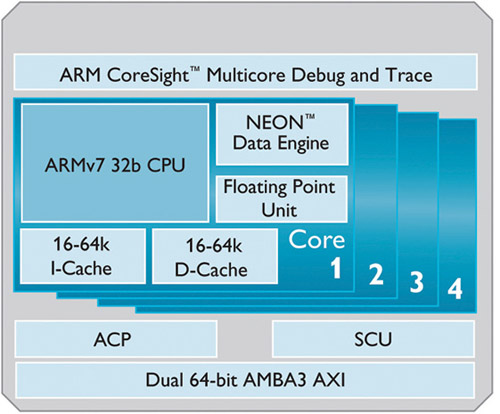Room-sized technology shrunk to desktop form factors, then to laptop and palmtop sizes, and now to such a level that you can wear it on your wrist, in your chain or as cool sunglasses. In fact, devices can even be weaved into your clothes or stitched on labels. Wearable devices help in a variety of ways—to monitor the wearer’s health, evaluate his exercise, diet or even sleep pattern, track location, deliver new gaming or travel experiences through augmented reality, or run simple applications.

“Most of the wearable technology spoken about today is either in the military domain or in the healthcare and related areas like fitness and sports. The features are mostly limited to basic connectivity using Bluetooth or Wi-Fi. Some of the other more advanced features like location information and augmented reality are in different stages of adoption. Augmented reality applications still need to see mainstream use cases. Location has a challenge of being battery-intensive, which affects adoption of these devices. However, these challenges are also likely to be overcome in a year or two and we will see wearable devices picking up in other areas as well,” says Shivesh Vishwanathan, senior consultant (Mobility), Persistent Systems—a company that provides mobility solutions for wearable devices.
Vishwanathan cites a recent study, which estimates that 30 million mHealth wearable wireless devices were shipped in 2012—an increase of 37 per cent over shipments in 2011. Many of these devices are in the sports category from companies like Nike, Garmin and Adidas. Wearable device market is slated to rapidly increase and become a $1-1.5 billion industry by 2014.
While some of these wearable tech accessories are street-smart and affordable, quite a few are associated with famous designers or fashion houses and cost many thousand dollars. The I’m Watch, for instance, is a smartphone companion that can handle calls, messages, emails, music and other applications, with an in-built ARM processor, customised Android operating system, a 4GB flash drive, 128MB RAM, battery, speakers, display and other features! It comes in various models priced from $389 to $19,990—and the designs vary from simple coloured bands to gold and titanium jewelled versions with studded diamonds et al!
What makes wearable tech different—and difficult?

(Courtesy: www.arm.com)
Wearable technology is special—not just because of the trendy feel but also because of the efforts that are required to create it. When designing and developing a wearable product, one has to remember that it has to be worn by a human comfortably. It should neither be too bulky nor too hot. Similarly, it should be safe. These basic requirements greatly influence the design goals of wearables.
Wearable technology requires very low-energy, battery-powered components to minimise heat dissipation and provide extended battery life, as it can be frustrating to change batteries or charge them frequently. Heat dissipation can lead to not just poor device performance but also discomfort for the user.
Size is another factor to be considered as the device is to be worn. For instance, the chip required to enable augmented reality in sunglasses will be a lot smaller than the chip in a mobile phone. Miniaturisation is becoming increasingly feasible, thanks to micro-electromechanical systems (MEMS) and the development of cost-efficient batch fabrication techniques for their manufacture. MEMS is making it possible to integrate components such as microprocessors, sensors and radio communication circuits into a single integrated circuit (IC) or system-on-chip (SoC) implementation.
“Ensuring that the chips provide optimal performance whilst being compact and power-efficient is the key challenge that designers face. It is not just the usual electronic design challenges that one needs to work with. We want ‘always-on’ communications, apps and devices but there is still a lot of work to be done in areas such as interoperability and sustainability,” says Guru Ganesan, managing director-India operations, ARM.
Low-power, low-footprint processors
Today, ARM’s Cortex series is popular for wearable applications. Nike Fuelband uses a Cortex-M3, the Fitbit family products are all ARM Cortex-M3 based, and advanced watch platforms like MyBasis and I’m Watch are mostly ARM based.
“We have a variety of products that cater to wearable products: Cortex-A application processor series, Cortex-R real-time processor series and Cortex-M processor series that caters to embedded applications. For most applications, Cortex-M series processors will be the most suitable, due to their very low power consumption and small footprint. Cortex-M0+ processor, for example, consumes as little as three microwatts per megahertz while occupying an area of just 0.01 mm2. Despite their very small size and low power consumption, these processors incorporate sufficient intelligence to handle most wearable applications easily. Depending on the exact application, a Cortex-R series processor may also be incorporated to handle data communication tasks. Besides these, our Mali GPUs cater to the augmented reality space,” says Ganesan.







